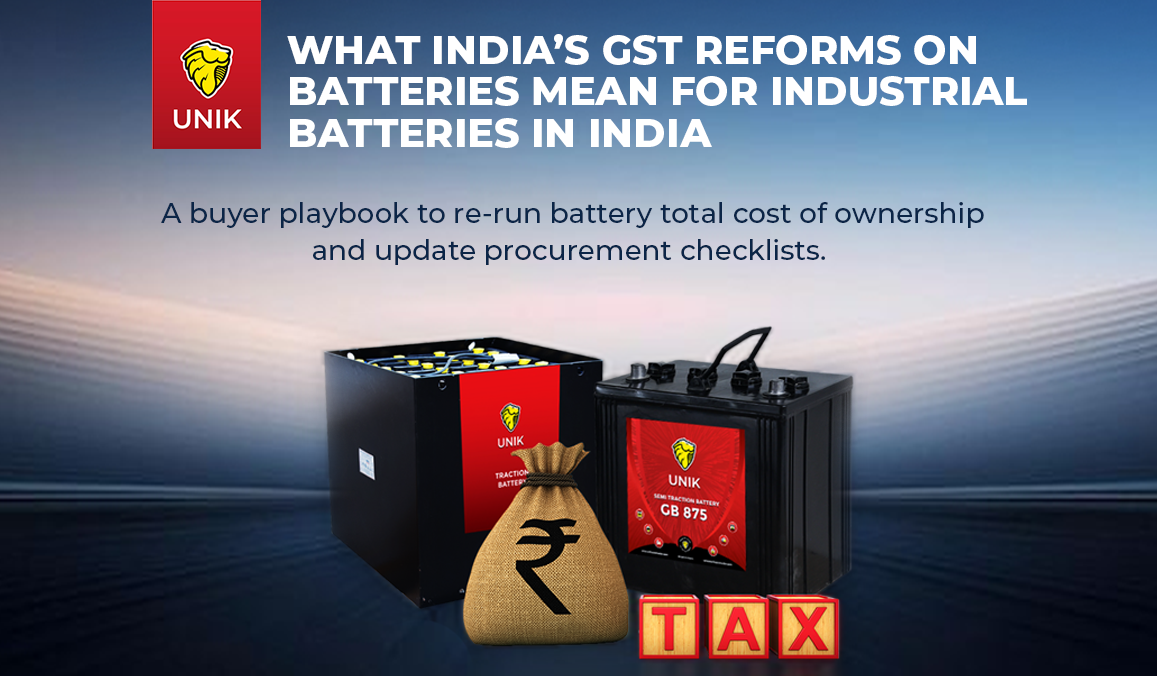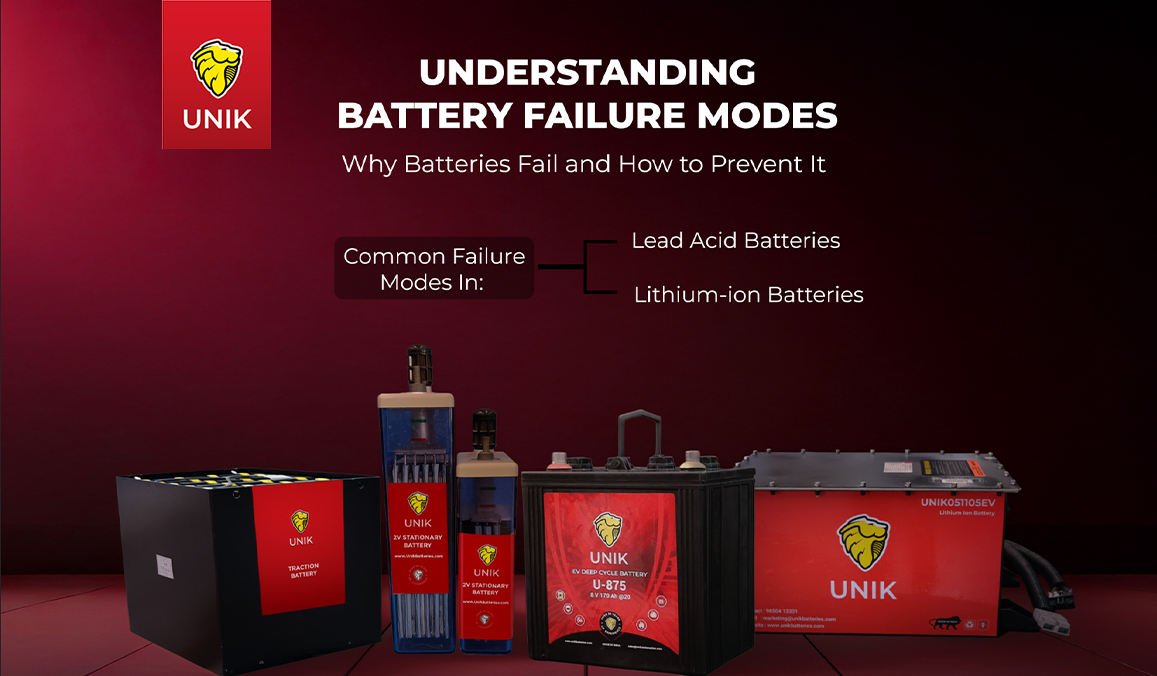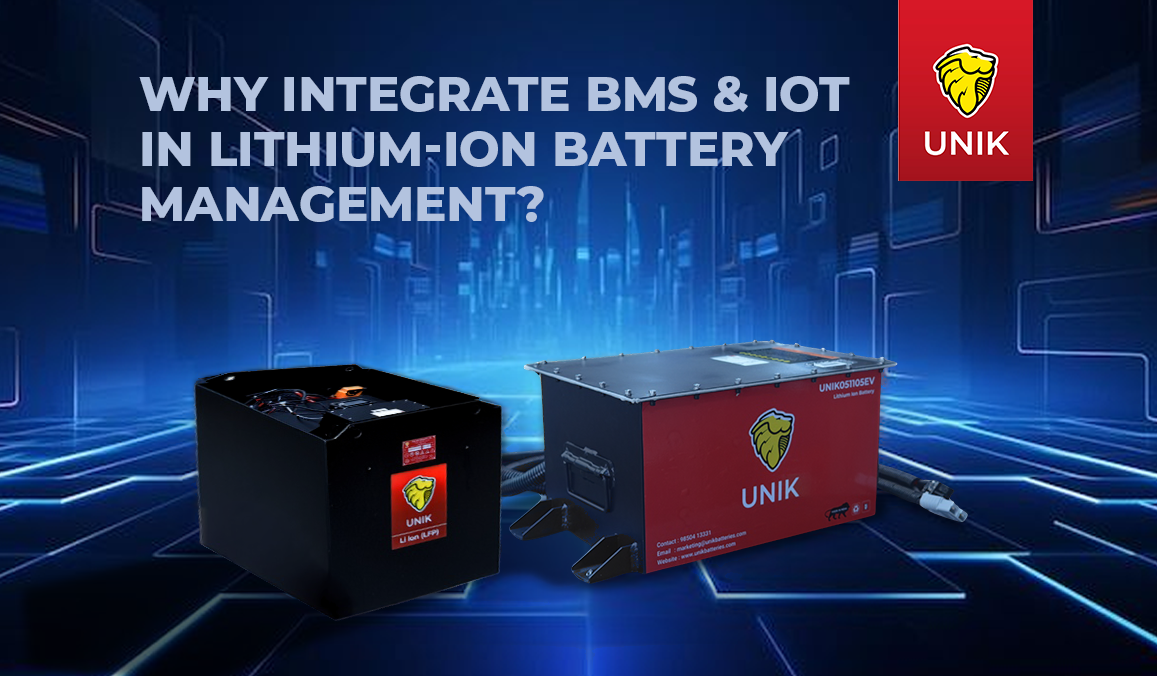How to Build a Battery Room for Lithium-ion, Traction, Stationary & Modular Stationary Batteries
Designing a battery room is not just about storing batteries—it’s about ensuring long-term safety, performance, and compliance. Whether you're powering forklifts with lead-acid traction batteries, running backup systems on stationary lead-acid banks, maintaining golf carts with EV or semi-traction batteries, or using lithium-ion batteries for modern applications, your battery room needs to be purpose-built and future-ready.
In this guide, we explore the core considerations for building a multi-purpose battery room that accommodates multiple battery chemistries, improves operational safety, and simplifies ongoing maintenance.
Plan the Layout with Functionality in Mind
A well-designed layout is the backbone of a safe battery room. Begin by allocating sufficient space for each battery system, allowing for clear access during installation, charging, or maintenance. Traction and semi-traction batteries, which are handled frequently, should be positioned near entry points or charging stations for convenience.
Racks or trolleys can be used to allow movement of batteries, while walkways between battery stands should remain unobstructed. If your room will house both lead-acid and lithium-ion batteries, it's good practice to physically separate these systems, especially considering their different safety and environmental requirements.
Flooring and Structural Integrity
The floor of a battery room must be robust and resistant to chemical corrosion. For lead-acid systems, spills and leaks can occur over time, especially during maintenance. Use acid-resistant flooring materials such as epoxy coatings or ceramic tiles and ensure the floor slopes slightly towards a sump or drain to contain any accidental electrolyte discharge.
Additionally, consider the structural load. Large stationary batteries or battery racks can be extremely heavy. Reinforcing the floor where heavy banks will sit is not only good practice but may be a compliance requirement depending on the scale of installation.
Ventilation and Temperature Control
Ventilation is essential, particularly for lead-acid batteries emit hydrogen gas during the charging process. Hydrogen is both odourless and explosive at relatively low concentrations, so a proper ventilation system should exchange the air in the room several times per hour. Intake vents should be located near the floor, while exhaust fans should be installed near the ceiling to remove lighter-than-air hydrogen effectively.
For lithium-ion battery systems, thermal management is more important than gas removal. These batteries perform best in ambient temperatures between 15°C and 25°C. If your room is located in a region with high seasonal variation or inside a warehouse without climate control, consider installing dedicated air conditioning or cooling systems to maintain consistent and optimal temperature levels.
Charging Infrastructure
With different battery types come different charging demands. Traction and semi-traction batteries often require high-current chargers, while stationary systems may need float chargers with constant voltage regulation. Ensure each charging station is matched to the battery type, voltage, and chemistry.
Wiring should be properly insulated, labelled, and protected against overcurrent faults. Emergency disconnects and surge protectors should be installed as standard. For lithium-ion charging stations, take extra precautions by placing them in areas with enhanced thermal detection and separation from other battery chemistries.
Safety First Equipment and Precautions
No battery room is complete without a full suite of safety equipment. Fire protection is paramount—install Class C fire extinguishers throughout the space and consider clean-agent fire suppression systems if lithium-ion batteries are present. Emergency lighting, signage, and eye wash stations should be placed near exits or high-risk areas.
Operators working with lead-acid batteries must be provided with PPE, including acid-resistant gloves, aprons, and safety goggles. It’s also essential to train personnel in battery handling, charging safety, and emergency procedures. Even the best-designed battery room can be compromised by human error if safety practices are not enforced.
Battery Segregation and Labelling
Wherever possible, house batteries of similar chemistry and use case together. For instance, group all stationary lead-acid banks in one section and lithium-ion systems in another. This simplifies maintenance and reduces the risk of cross-contamination or operator error. Use durable, legible labels to mark each battery rack with key information: voltage, capacity, date of installation, and battery type.
Routine Maintenance and Monitoring
Battery rooms must be easy to inspect and maintain. Lighting should be bright and resistant to corrosion or acid vapours. Install pull-out trays or sliding racks for traction batteries, and provide room to safely top up lead-acid cells. Include cable management systems to prevent tripping hazards or strain on terminals.
For large or mission-critical systems, consider integrating battery monitoring systems that offer real-time data on temperature, charge levels, and potential faults. This can prevent unexpected failures and allow for predictive maintenance, which significantly extends the life of your battery assets.
Whether you're managing a fleet of forklifts, maintaining a UPS system battery room, or operating a material handling facility, a well-planned battery room is central to operational reliability. By designing a room that accommodates multiple battery types—including traction and semi-traction lead-acid, stationary and modular setups, and lithium-ion—you protect your investment and your people.
From layout and ventilation to charging systems and fire protection, every detail matters. Prioritise safety, plan for scalability, and ensure ease of maintenance—your battery room will reward you with years of dependable performance.
Battery rooms are only as effective as the batteries they house.
Speak to our team to find the right solution for powering your operations.






